If you are fond of Asian cuisine, then you are probably familiar with their rice products.
Mirin and rice wine are often misunderstood, so if you are interested in learning about these ingredients, one of the questions you may wonder could be – is mirin the same as rice wine?
Let’s explain both of them.
IN THIS ARTICLE:
Difference Between Mirin And Rice Wine
If you are new to Japanese cuisine and not familiar yet with its ingredients, these two things can be misunderstood. Mirin and rice wine are similar in some things but aren’t the same.
In general, mirin is a type of rice wine. But without further ado, let’s explain it in a little more detail.
Mirin
Mirin is a staple in many Japanese kitchens. It is a subtly sweet Japanese rice wine, considered a condiment. It is similar to sake, but the difference is – mirin has more sugar and lower alcohol content (it has 14%). Sake is dry rice wine used for drinking.
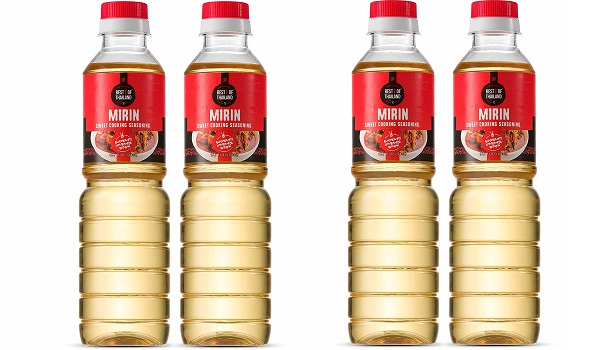

Whilst sake is used for drinking, mirin is sweet wine used for cooking and ideal for many Asian and Japanese dishes. Mirin is made with water, rice, salt and natural fructose as a result of fermentation. It provides a salty-sweet umami taste and enhances the natural flavor of dishes.
Umami Taste
You have heard about sweet, sour, salty and bitter tastes. Well, umami is in its own category, described as a savory taste with hints of sweetness.
When mirin is produced, there is sugar as a natural part of the fermentation process, that’s why it’s sweet. But there is no added sugar in it.
Three primary mirin types:
- Hon mirin
- Shio mirin
- Shin mirin
Mirin is commonly used for sushi rolls, as a dipping sauce. It is great for flavoring seafood and meat, marinating meat and for soups. Also, you don’t have to worry about alcohol content – it will be lost when cooked.
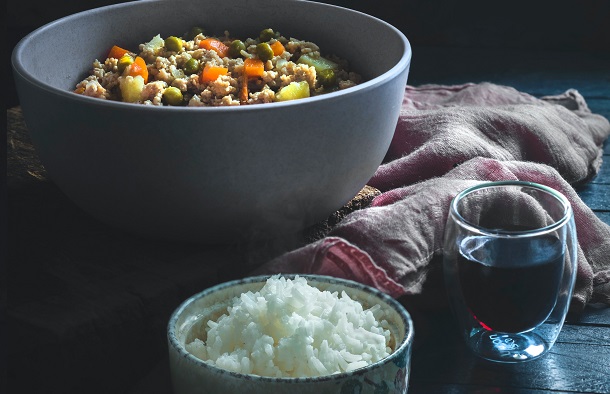

It is possible that you can’t find it in your local grocery store. However, some popular brands, like Kikkoman label it as “aji-mirin“, which means – “tastes like mirin”. That product contains added ingredients, it isn’t pure mirin.
At the end of the article, there is a Mirin Glazed Salmon recipe, so check it.
Rice Wine
This is a popular alcoholic beverage that can be used in cooking and for drinking. It is traditionally used in East Asia, Southeast Asia and Northeast India.
Rice wine is made by fermenting rice starch using fungi, yeast and lactic acid bacteria to produce alcohol. The alcohol content in rice wine is 18%-25% ABV (alcohol by volume). It adds sweetness to marinades and rich flavor to sauces that is hard to get with other ingredients.
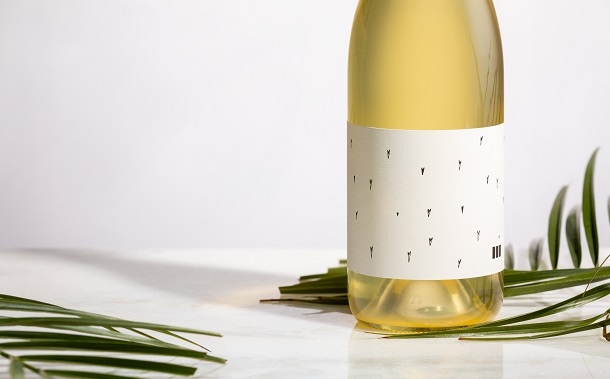

It can have a mild or strong flavor, with a color that ranges from light yellow to reddish brown.
Common varieties of rice wine include Shaoxing – which is Chinese rice wine, mirin – sweet Japanese rice wine, and sake – dry Japanese rice wine.
You can interchange both, but with slight changes in your recipe. For example, if you have drier rice wine, add a dash of fruit juice or a pinch of sugar. That will add a sweet touch that mirin has.
Plus, check out the yummy stir-fried chicken recipe with rice wine at the end of the article.
Conclusion: Are Mirin & Rice Wine The Same?
They are similar but not the same. Here are differences and similarities in short:
Differences:
- Mirin is sweeter than rice wine
- Mirin has a lower alcohol content
- Mirin is great for cooking, rice wine for drinking
Similarities:
- Both are wines
- Both are made from fermented rice
The Differences With Rice Vinegar
Many people confuse by these terms, so let’s explain them, too. Both rice wine and rice vinegar are popular ingredients in Asian cuisine. You can use them in a variety of dishes.
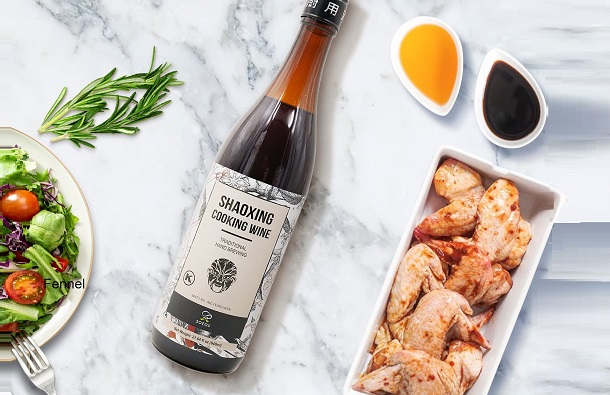

The fermented rice is the base ingredient of both rice wine and rice vinegar, but they aren’t the same. You also might wonder whether one can be interchanged with the other in cooking.
Rice Vinegar
Rice vinegar, also known as rice wine vinegar ( and that’s a source of confusion) is made by fermenting the sugar in rice first into alcohol and then into acid. At the end of the process, rice vinegar has no alcohol content in it. If there is any alcohol content left, it will be lost when cooked.
The basic ingredients in rice vinegar are fermented rice, water, salt and added sugar.
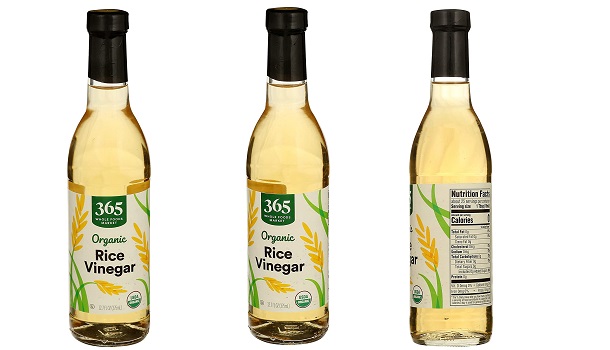

If you compared the rice vinegar with white distilled vinegar, it has a delicate, mild and slightly sweet flavor. Also, it is less acidic.
Rice vinegar is often used in marinades, salad dressings, sauces, sushi and pickling vegetables. Types of rice vinegar are white rice vinegar, red rice vinegar and black rice vinegar.
Rice Wine VS Vinegar – Where’s The Difference?
Rice vinegar and rice wine are both made from fermented rice, but the whole difference is in process. In making rice wine, there is used fermented freshly steamed glutinous rice.
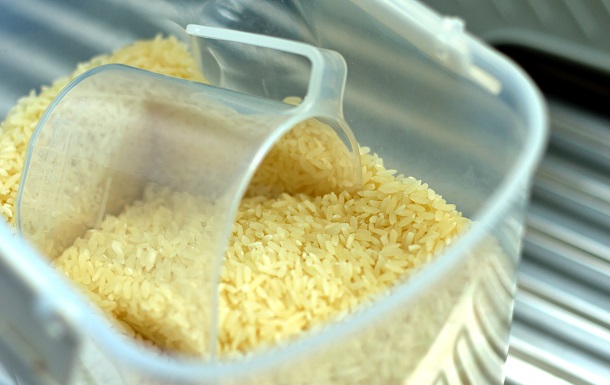

Furthermore, the dregs or lees of wine are often used in producing rice vinegar. And there is no alcohol left in it.
Rice wine has a sweet, mild flavor and low alcohol content whilst rice vinegar is known for its sweet, acidic taste (such as apple cider vinegar). Also, rice vinegar is used in small quantities, while rice wine doesn’t.
Maybe you have already come to conclusion, but rice wine and rice vinegar can’t be used interchangeably. The easiest way to remember the difference is that rice wine is something you can drink, while rice vinegar is… well, vinegar, it is too acidic, so best used in salad dressings.
Mirin Vs Rice Vinegar
Let’s say it shortly, the biggest difference between these two is – mirin has a much sweeter taste, whilst rice vinegar is slightly bitter and tangy. Both of them are made from fermented rice.
Recipes With Mirin & Rice Wine
Mirin Glazed Salmon Recipe
Mix the mirin, brown sugar, and soy sauce in a shallow dish that will hold all 4 salmon fillets.
Stir to dissolve sugar.
Place the salmon in the dish and marinate for 5 to 10 minutes, turning once.
Set a very large non-stick skillet on the stove and heat over medium-high heat.
Place the salmon fillets in the hot, dry pan – presentation sides down – and cook for a few minutes until nicely seared and coated with a rich brown glaze.
Turn the fillets over, reduce the heat to medium, and add the marinade and water to the pan.
Cook 3 to 5 minutes more, until fish reaches desired doneness.
If the sauce looks like it’s reducing or thickening too quickly, just add a bit of water.
Transfer salmon fillets to a serving platter or plates.
If the sauce is nicely reduced and thickened, turn off the heat.
(If not, continue to cook over medium heat until desired consistency is reached.)
Add the rice wine vinegar to the sauce and stir.
Pour the sauce over salmon fillets, top with scallions and serve.
Ingredients
Directions
Mix the mirin, brown sugar, and soy sauce in a shallow dish that will hold all 4 salmon fillets.
Stir to dissolve sugar.
Place the salmon in the dish and marinate for 5 to 10 minutes, turning once.
Set a very large non-stick skillet on the stove and heat over medium-high heat.
Place the salmon fillets in the hot, dry pan – presentation sides down – and cook for a few minutes until nicely seared and coated with a rich brown glaze.
Turn the fillets over, reduce the heat to medium, and add the marinade and water to the pan.
Cook 3 to 5 minutes more, until fish reaches desired doneness.
If the sauce looks like it’s reducing or thickening too quickly, just add a bit of water.
Transfer salmon fillets to a serving platter or plates.
If the sauce is nicely reduced and thickened, turn off the heat.
(If not, continue to cook over medium heat until desired consistency is reached.)
Add the rice wine vinegar to the sauce and stir.
Pour the sauce over salmon fillets, top with scallions and serve.
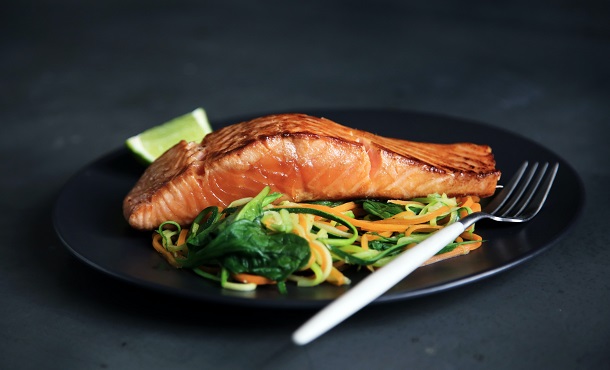

Stir-fried Chicken In Rice Wine
Chop the chicken into bite-size pieces, including the bones.
Heat the wok to medium-high to high heat.
Drizzle in the peanut oil or vegetable oil and the sesame oil.
When the oil is hot, add the sliced ginger.
Stir-fry until it is almost brown.
Stir in the minced garlic and stir-fry until it is nearly brown.
Add the chicken slices.
Let sit and sear briefly, and then stir-fry the meat until it is slightly browned and about 80 percent cooked.
Pour in the rice wine and continue stir-frying.
Add the soy sauce, dark soy sauce and crushed white pepper.
Continue to stir-fry, making sure the garlic and ginger do not burn.
Pour in the hot water or chicken stock, a little at a time.
Continue frying until the stock is reduced by half.
Taste and add a bit of salt if desired.
Serve the chicken garnished with the spring onions.
Ingredients
Directions
Chop the chicken into bite-size pieces, including the bones.
Heat the wok to medium-high to high heat.
Drizzle in the peanut oil or vegetable oil and the sesame oil.
When the oil is hot, add the sliced ginger.
Stir-fry until it is almost brown.
Stir in the minced garlic and stir-fry until it is nearly brown.
Add the chicken slices.
Let sit and sear briefly, and then stir-fry the meat until it is slightly browned and about 80 percent cooked.
Pour in the rice wine and continue stir-frying.
Add the soy sauce, dark soy sauce and crushed white pepper.
Continue to stir-fry, making sure the garlic and ginger do not burn.
Pour in the hot water or chicken stock, a little at a time.
Continue frying until the stock is reduced by half.
Taste and add a bit of salt if desired.
Serve the chicken garnished with the spring onions.
To Wrap It Up
While both mirin and rice wine are made from fermented rice, there is a slight difference between them. While mirin is a kind of rice wine used for cooking, rice wine is usually used for drinking.




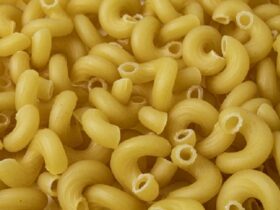
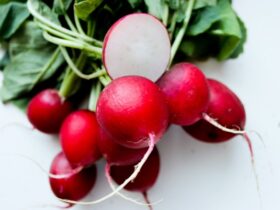






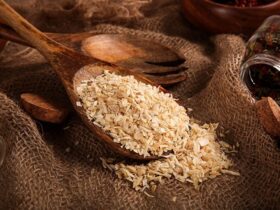
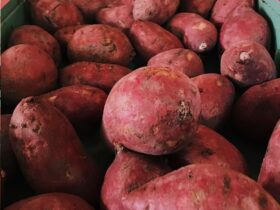
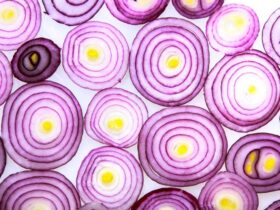

Leave a Reply